Swarming Colonies, designed by generative tools as one of the projects to come out of the DIGITAL ECOLOGY– GENERATIVE CITY studio workshop by PAACADEMY tutored by Soomeen Hahm and Hanjun Kim. Designed by two talented students, Simina-Ioana and Deeksha Basawaraj, the project is rooted in a synergy of traditional Indian and Romanian patterns derived from traditional architecture of both countries and is envisioned within a dying coniferous forest situated in a post apocalyptic world.
Click here to register and watch the recordings.
In his treatise, De Architectura, the famous Roman Architect Vitruvius defined a good building as one that is durable, useful and beautiful (firmitas, utilitas, venustas). More than 2,000 years later, in the realm of video games, virtual worlds and space flights, where gravity doesn’t exist, human body proportions change due to the lack of gravity and our senses can access different realms, these three principles are simply NOT ENOUGH for the architectural landscapes.
OBJECTIVE
The aim of this studio was to learn how to use C# programming language and Unity 3D gaming software to create architectural design by thinking about the relationship between the architecture and its context, the program and its environment, the building and the ground through speculating how architecture responds to the changing landscape due to variation of environment. The final proposal is presented into an animation, which showcases the design of the buildings, the ground, and the context. As a team, we decided to explore the possibilities of using traditional architectural elements and observe the variations of the resultant generative designs.
SWARMING GEOMETRIES
Swarm by definition is a large number of animate or inanimate things massed together and usually in motion. This is a very accurate description of the final design generated through the script using our modules, the aggregation of the modules look as if they are FROZEN IN MOTION. There is a sense of fluidity even though the modules by themselves have a simple, basic, rigid geometry.
ARCHITECTURE IN VIRTUALITY
Since architecture makes up a huge portion of our real-life environment, it makes sense to be highly incorporated into our simulated environments. Creating and exploring extremely imaginative designs like these often leads them to become a reality sooner or later, more importantly, the process through which the designs are brought to reality is as important as the product itself.
BRIDGES
Bridges are used to connect two components. This design incorporates bridging as a symbolic gesture to the two cultures which serve as inspiration to the whole architectural design.
Traditional elements always have a sense of context and almost always lean heavily upon geometric forms. We thought it would be interesting to see TRADITIONAL elements go through NON-TRADITIONAL design processes.
It is a reference to the roots of both the authors of this project.
THE PROCESS:
1. Units and Modules
Inspiration was found in Romanian and Indian traditional patterns. A few common elements were observed in patterns from both cultures and thus inspired the team to use traditional architectural elements, process them through non-traditional design methods and observe the resulting design product.
The technical process:
>The common elements were extracted and worked upon to design a hybrid grid, based on quads.
>Differentiation of this grid was done by using attractors to obtain public and private spaces after which the typologies and planning arrangements were assigned.
>Two simple units were extracted from the grid and iterations of arrangements were worked out to create the final three modules.
2. Terrain
The next step in the design process was to set the context and generate a terrain which would act as the physical base for module aggregations.
Context: The colonies were to be situated in a dying forest– as part of a post apocalyptic scene and the terrain itself would be a mountainous region riddled with ravines. It would be quite the harsh environment and would be an imagination of how the world could be when resources deplete faster than they can ever recover.
The technical process:
>The terrain was created in Unity 3D by using an imported heightmap combined with brush modelling to add finer details. This created a custom terrain mesh.
3. Massing generation
The last step in the process was to link/tegether both the elements i.e the modules and the terrain, in order to assemble and orchestrate the colonies.
The technical process:
>The modules were integrated with the context(terrain) by assigning a colormap to the terrain.
>Multiple colormaps were designed and tested to obtain various swarms out of which the colormap that produced the most organic formation was chosen.
>RGB values were tweaked in the BOIDS CITY C# script to differentiate the geometries and produce the massing.
Soomeen Hahm and Hanjun Kim led the studio to teach students how to use C# programming language and Unity gaming software to create architectural design by thinking about the relationship between the architecture and its context, the program and its environment, the building and the ground through speculating how architecture responds to the changing landscape due to variation of environment. Click here to register and watch the recordings.
Credits:
Studio workshop by: PAACADEMY
Studio title: Digital Ecology – Generative City
Lead by: Soomeen Hahm and Hanjun Kim
Project name: Swarming Colonies
Students: Simina-Ioana, Deeksha Basawaraj
Date: 2nd March until 13th April 2021
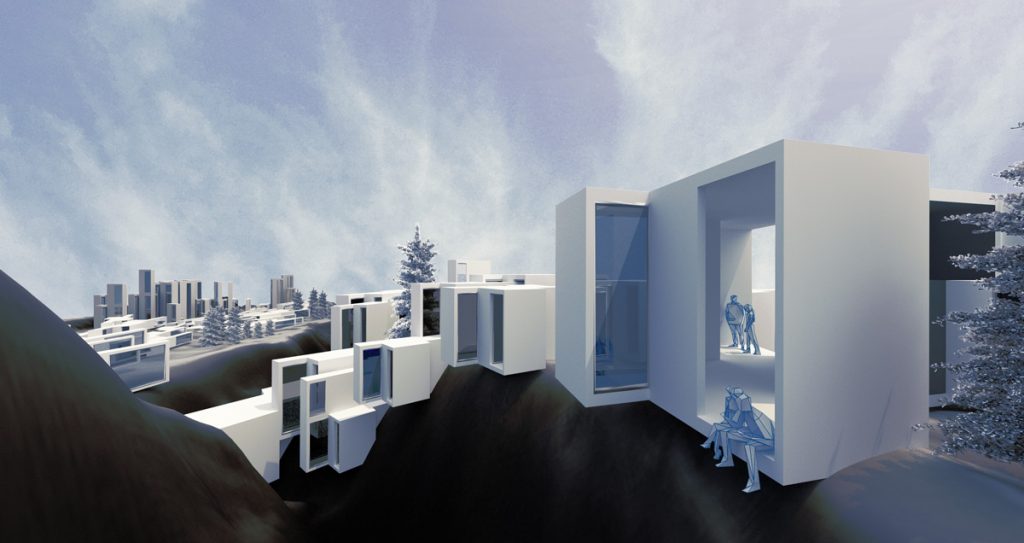
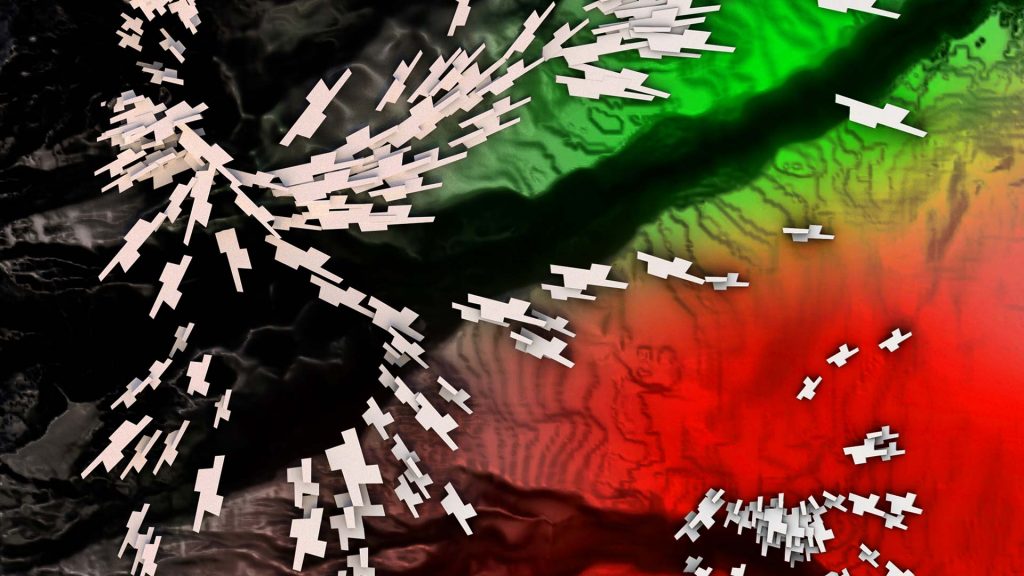
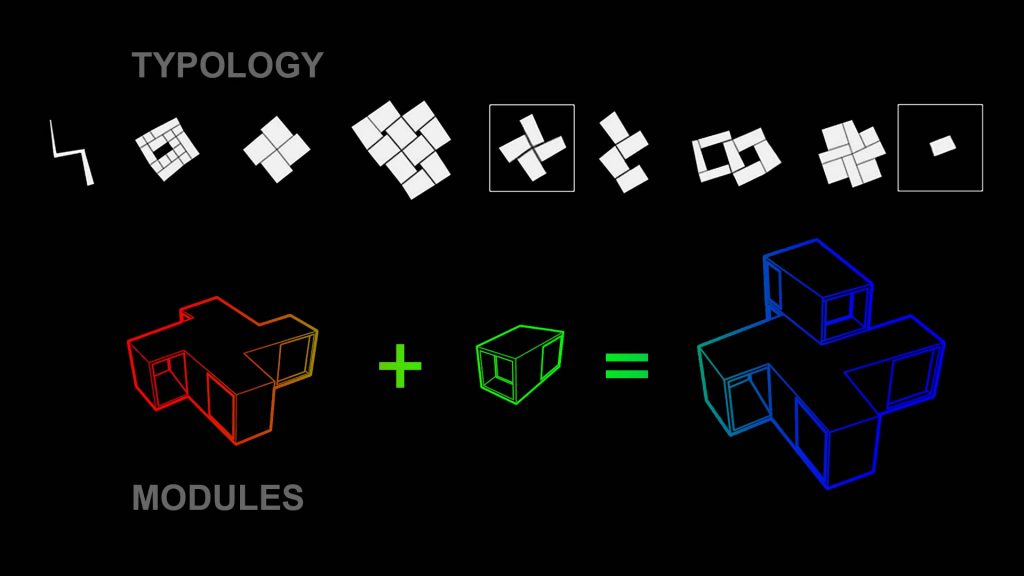
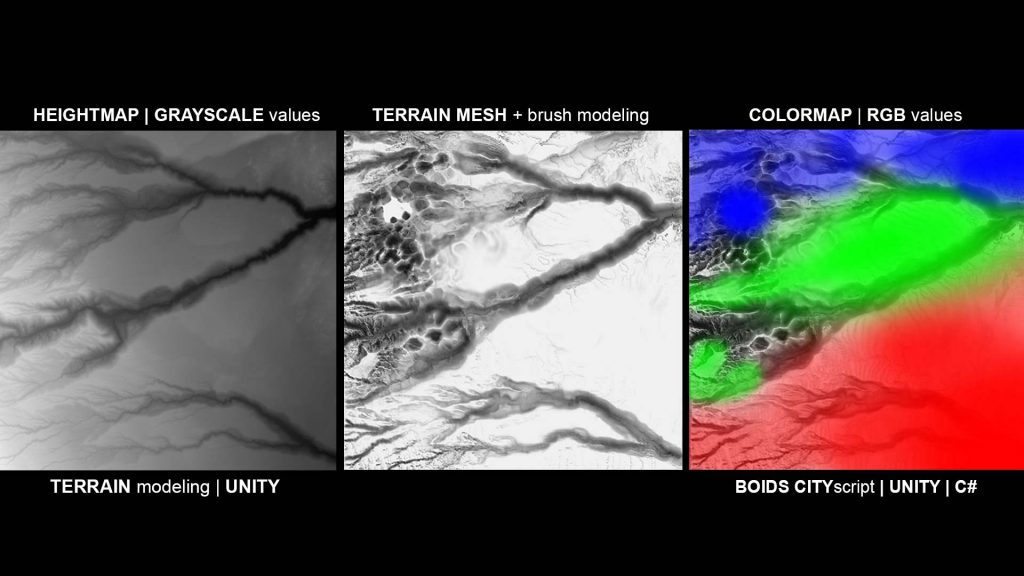
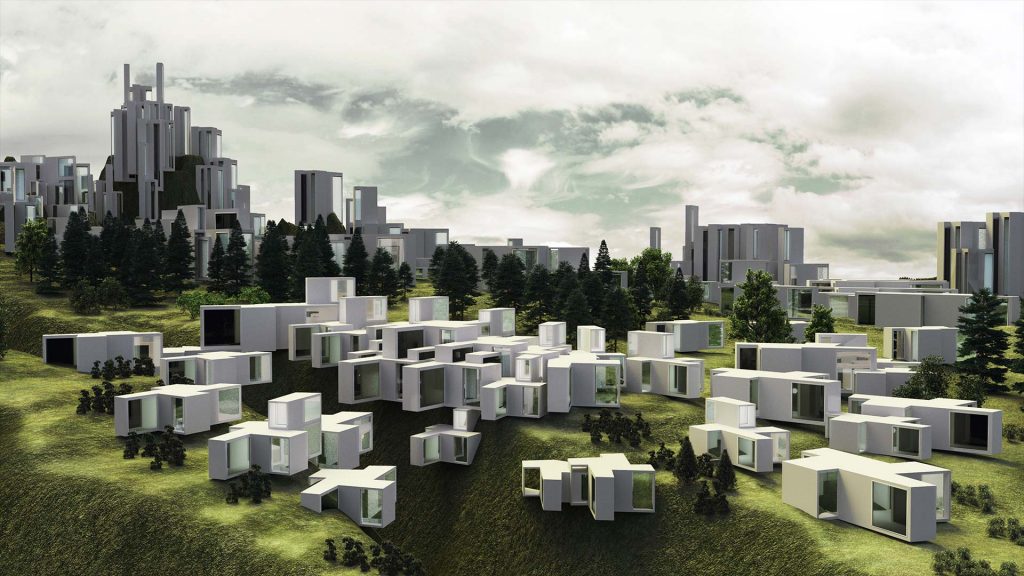
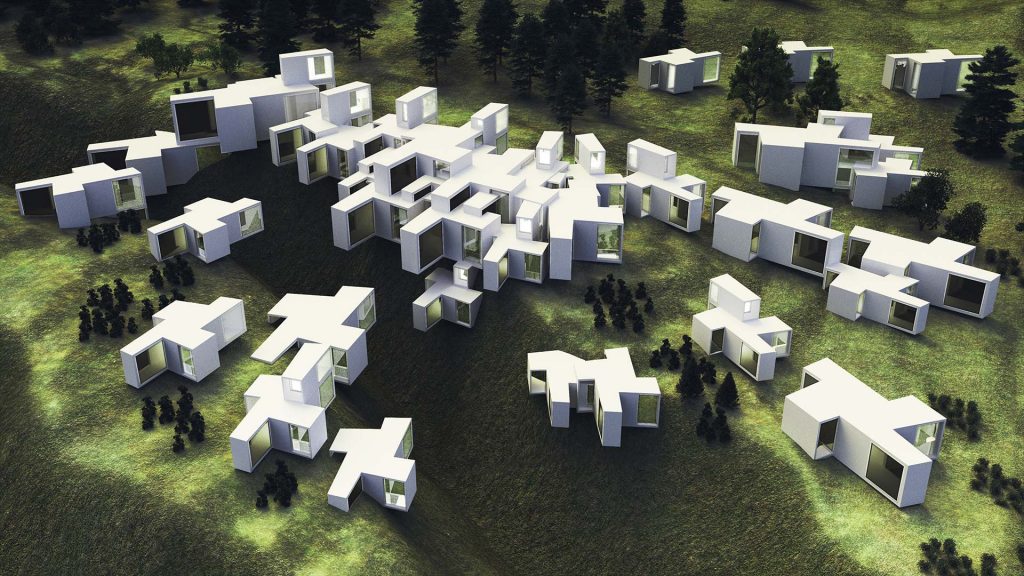
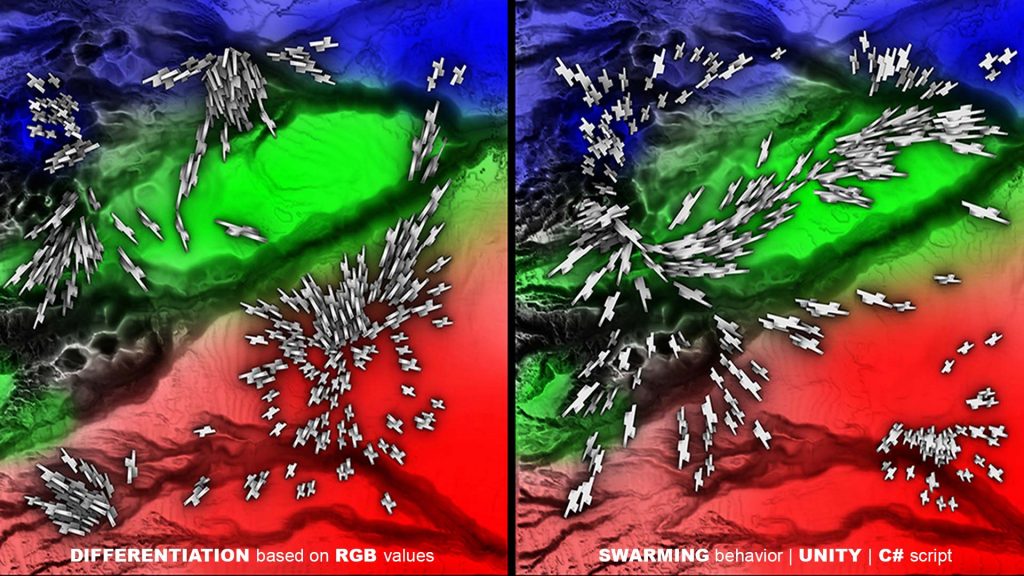
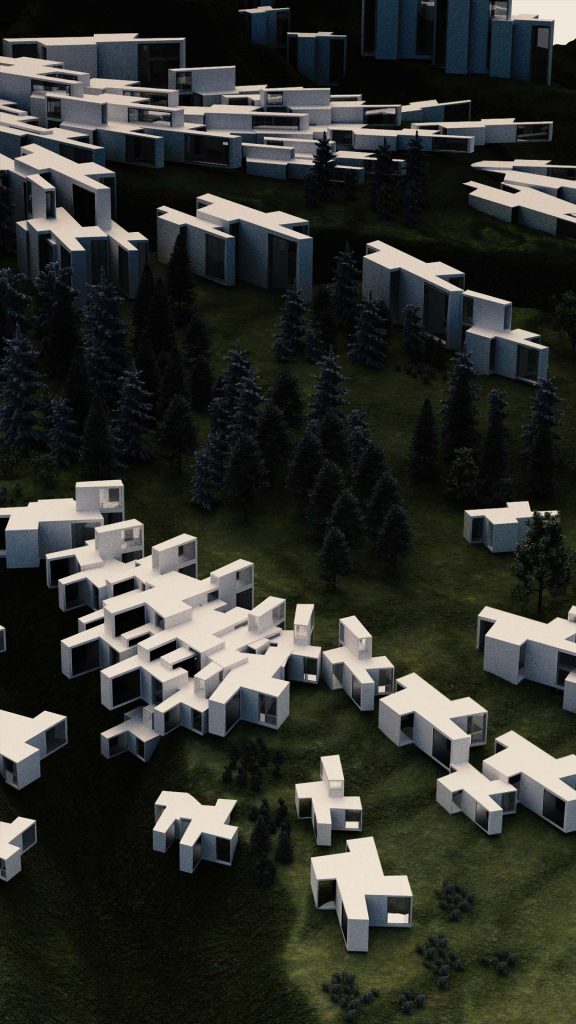
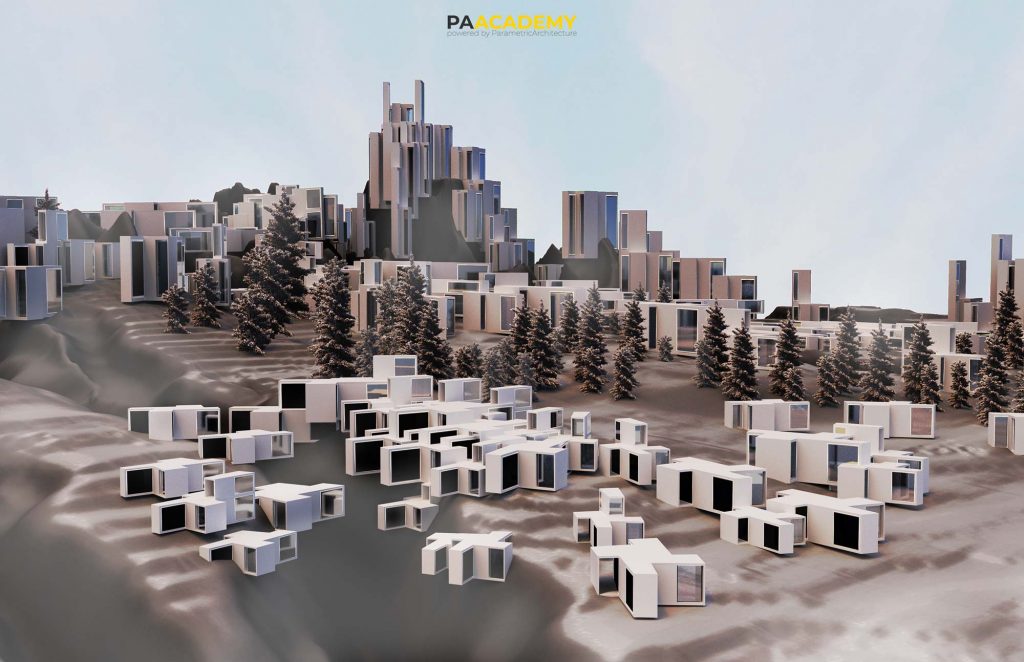
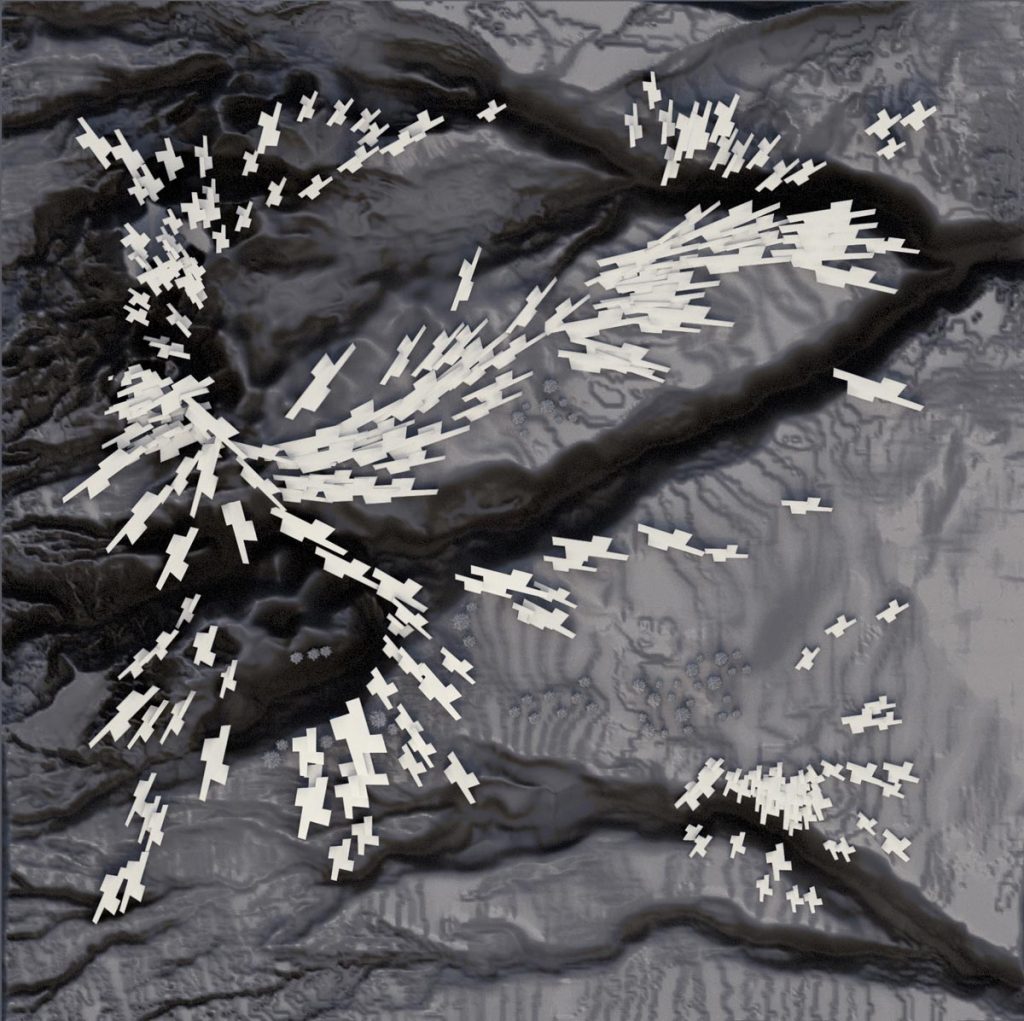
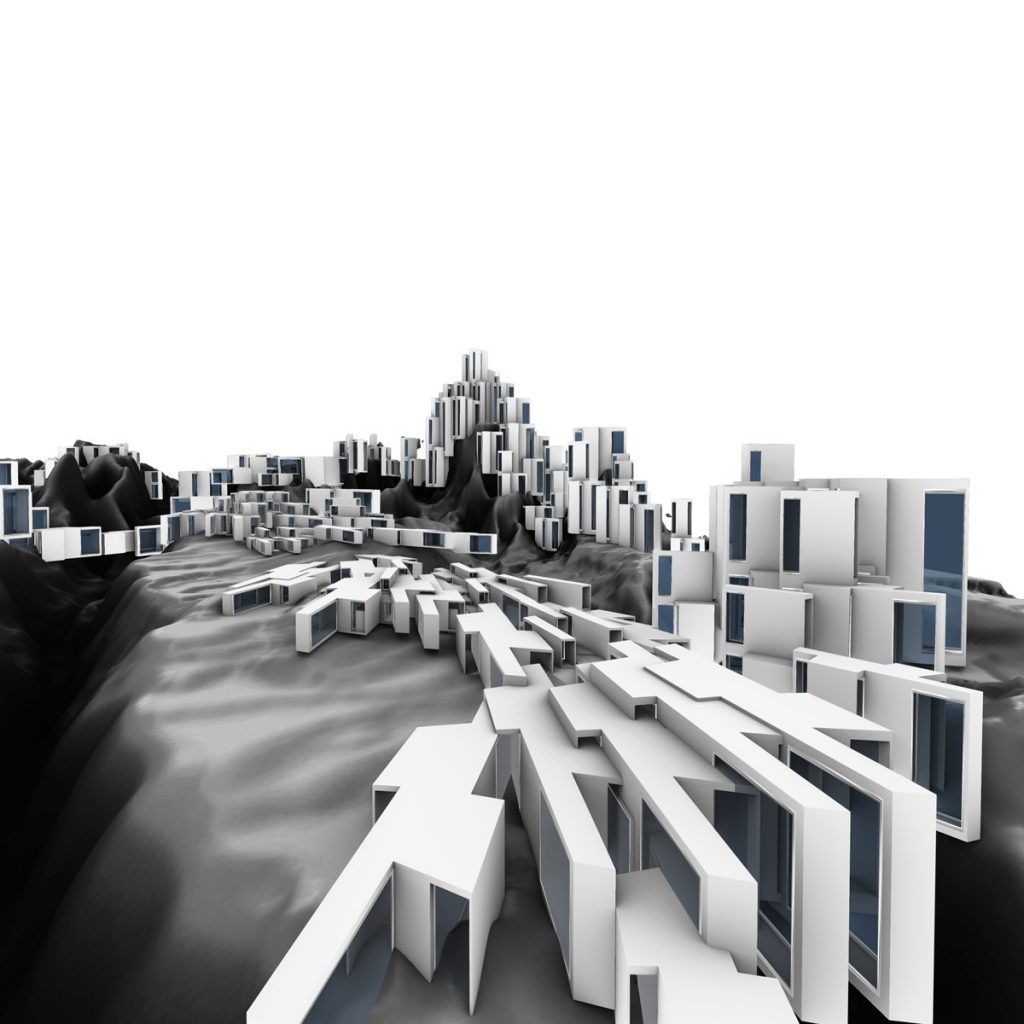
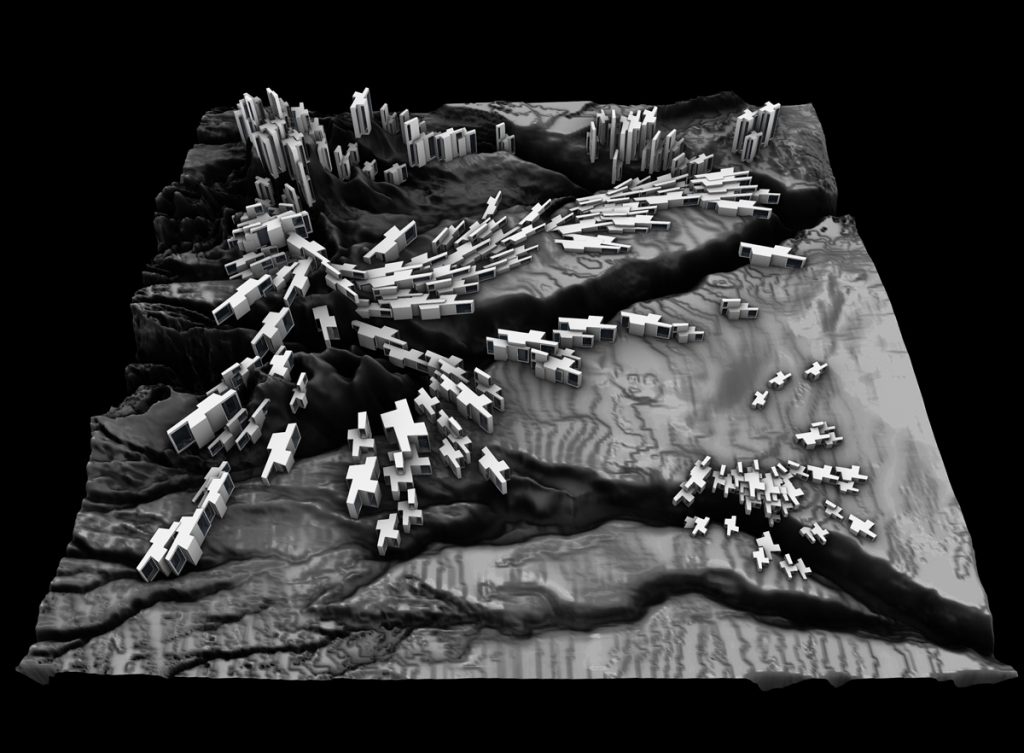
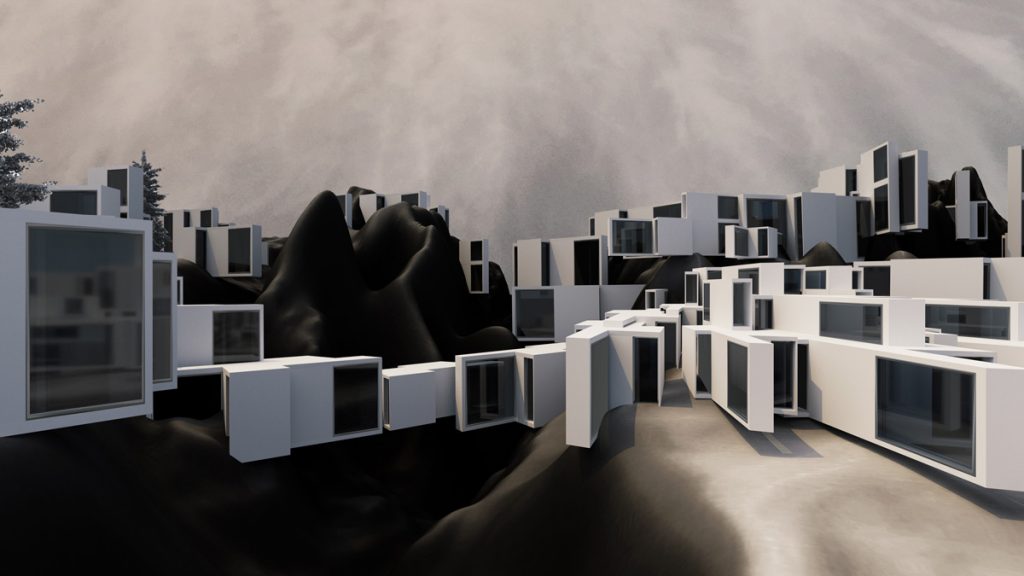
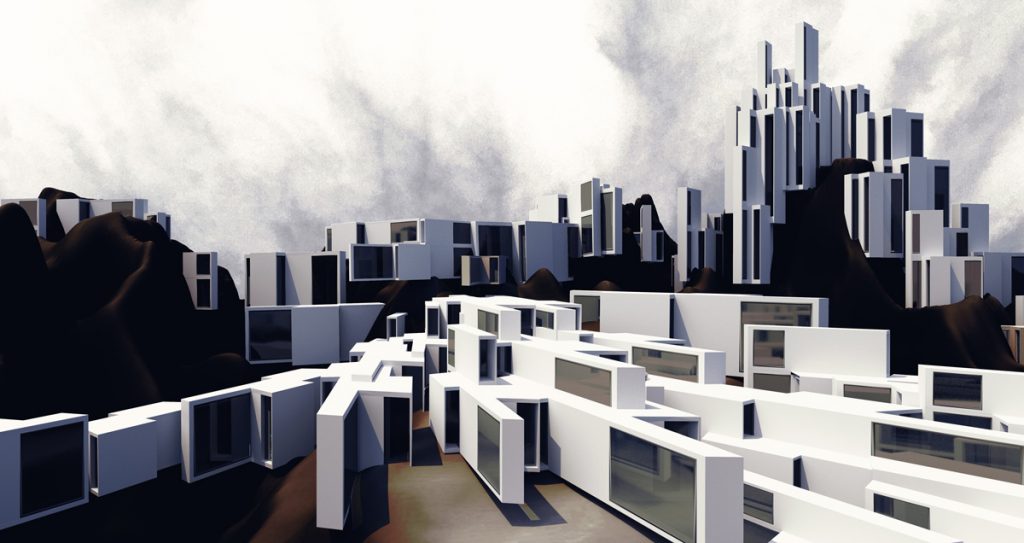
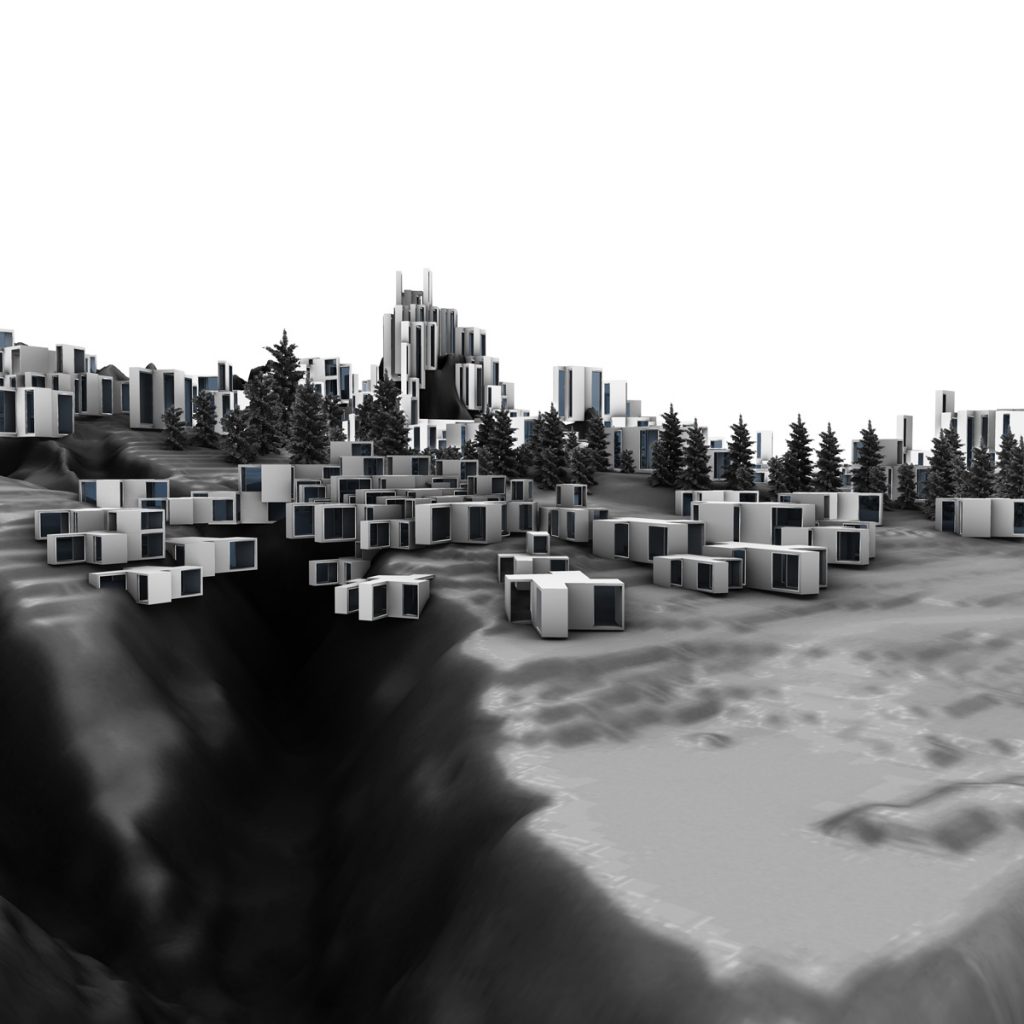
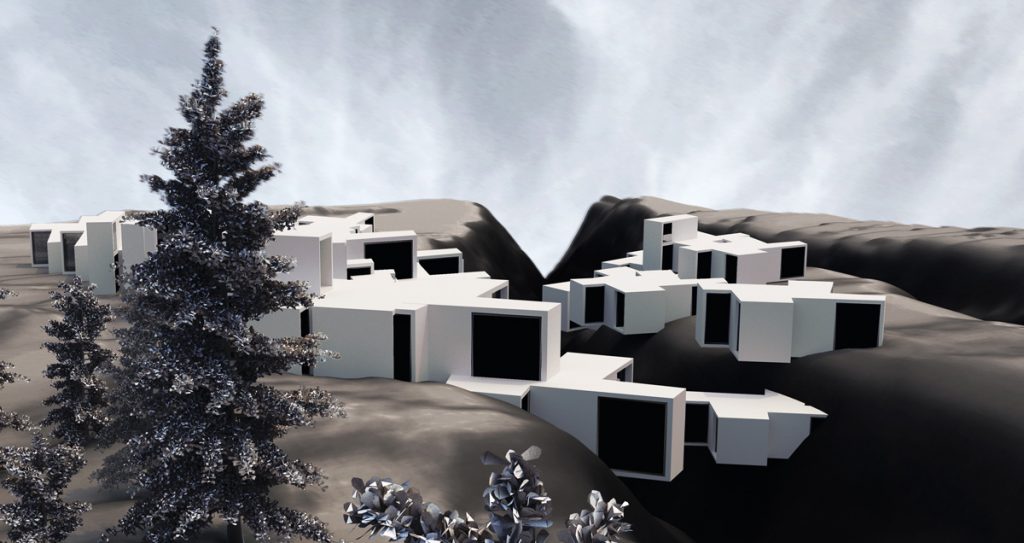
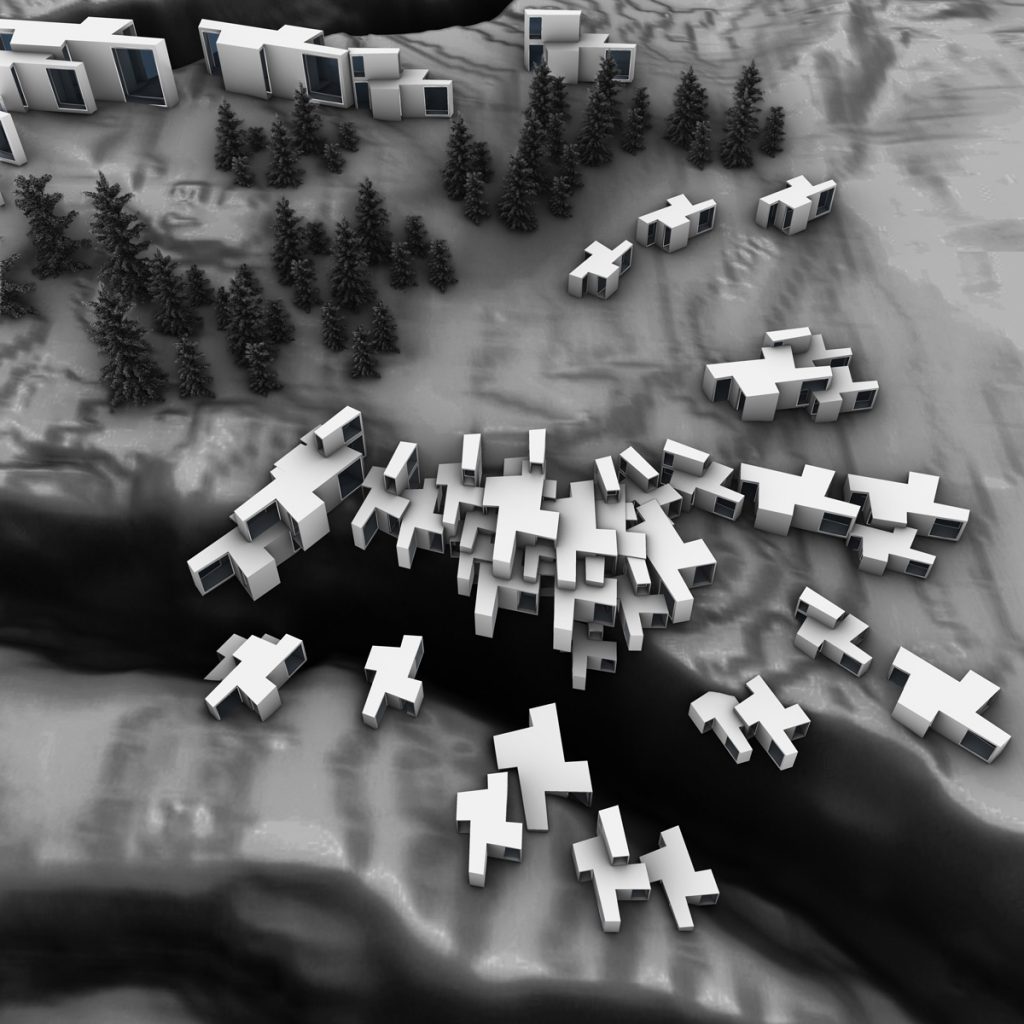
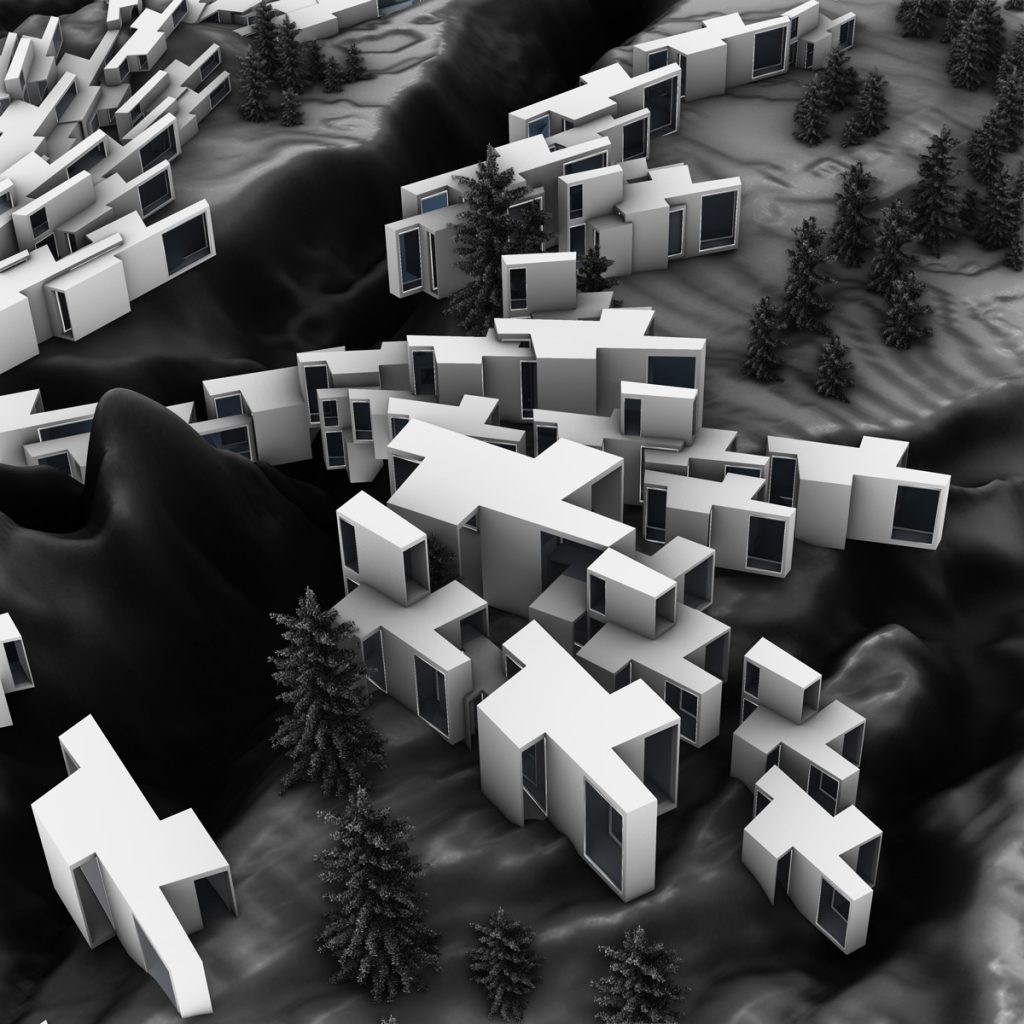
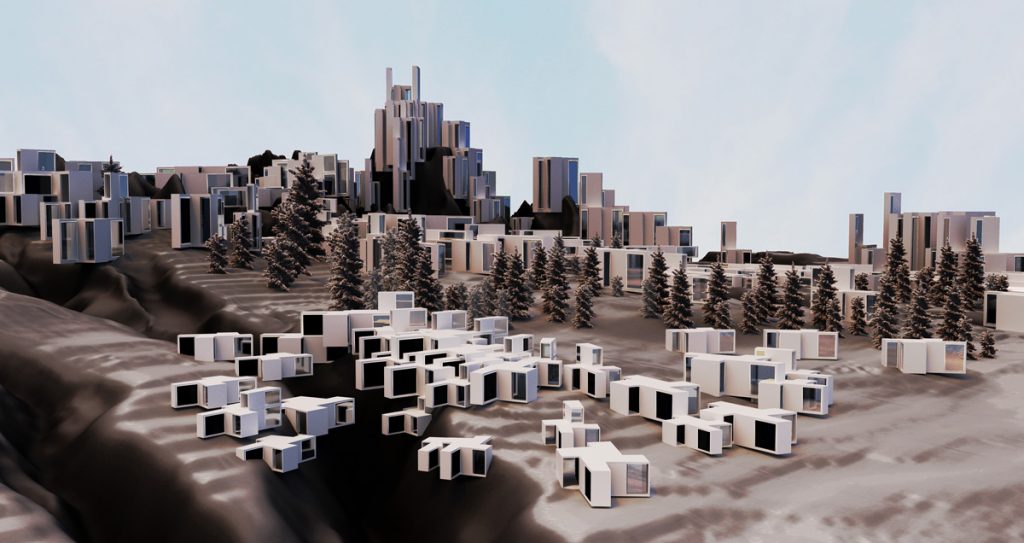




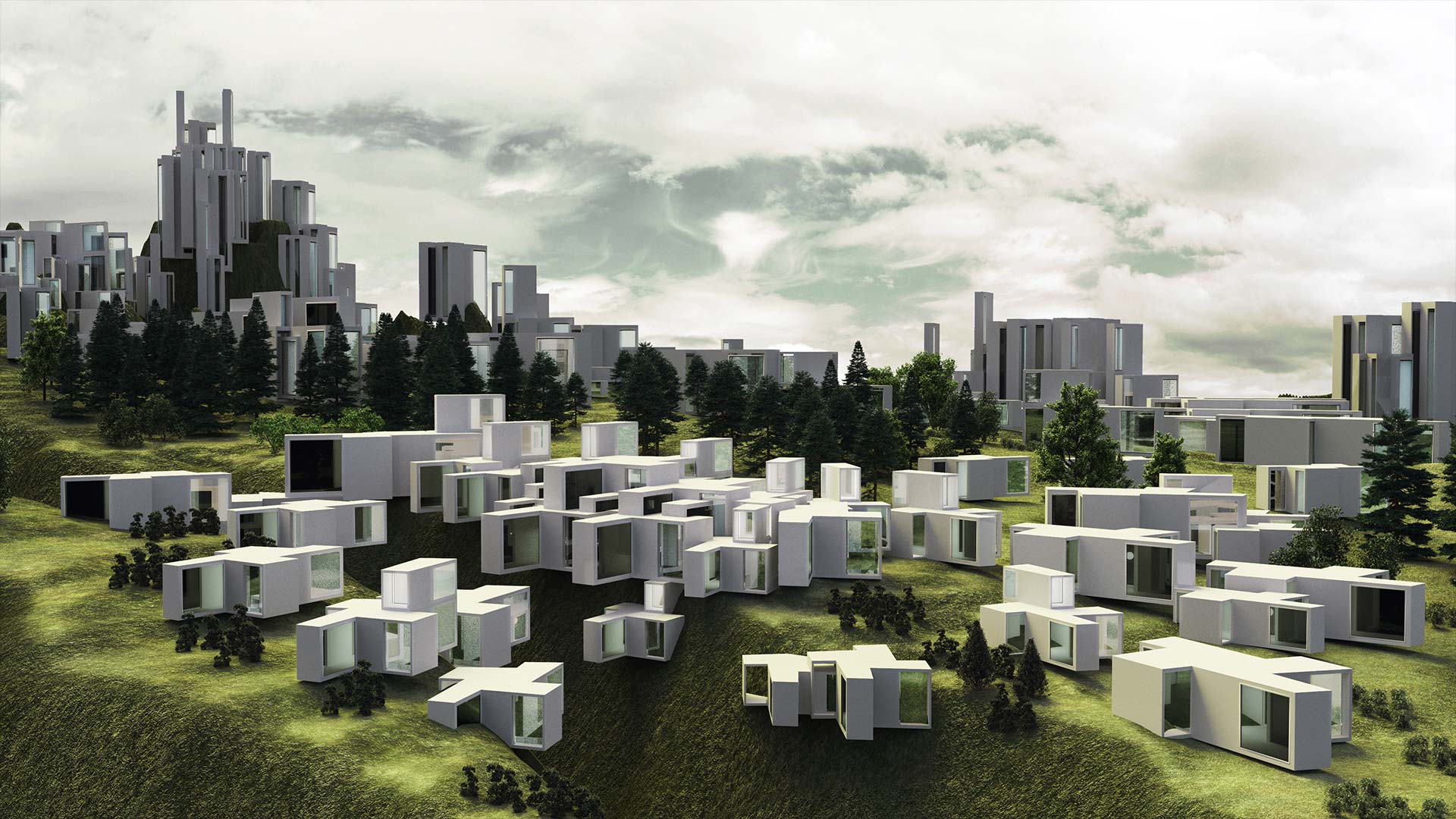

















Leave a comment